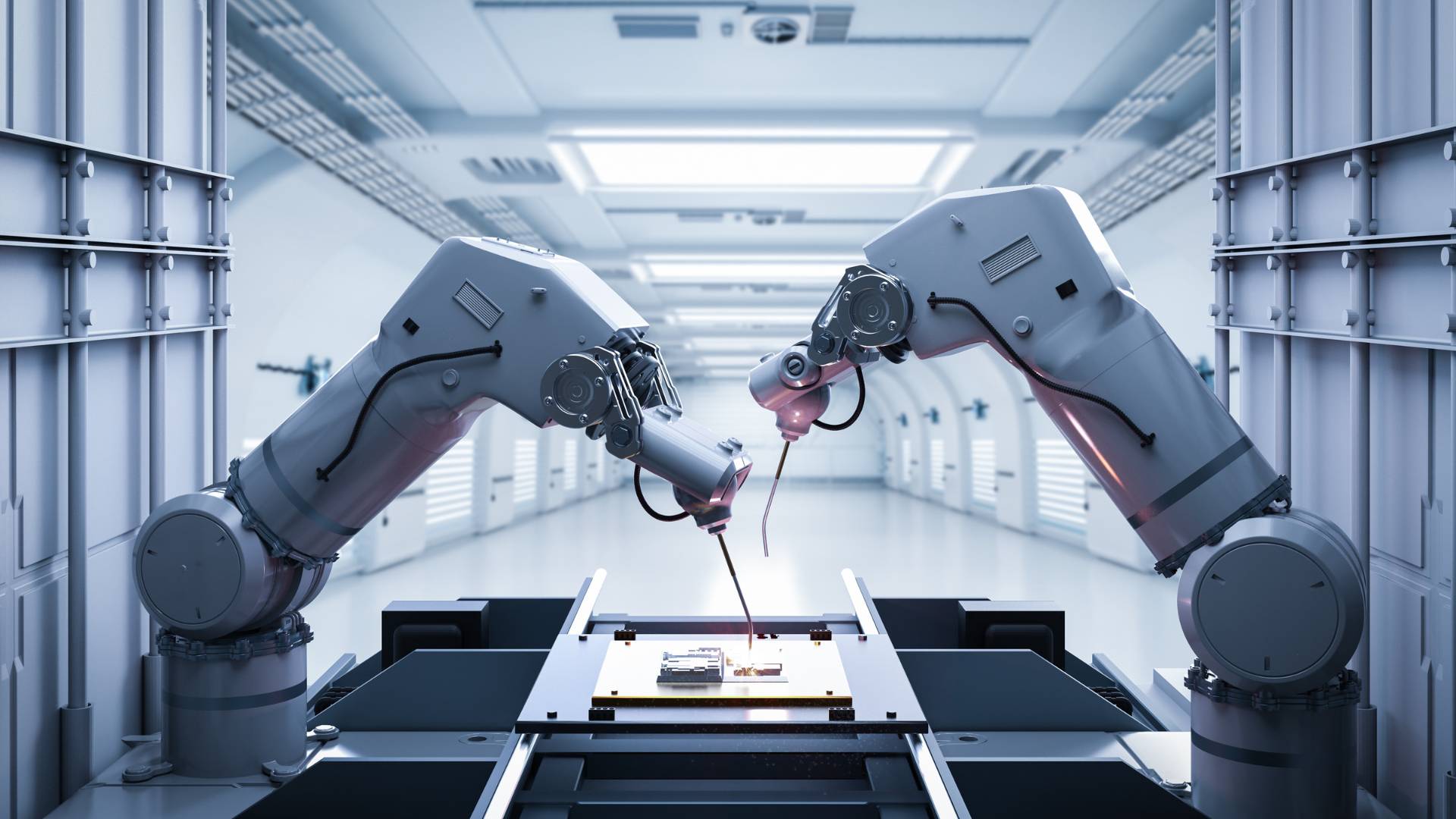In today’s fast-paced and competitive business landscape, organisations are constantly seeking ways to improve efficiency, reduce costs, and enhance productivity. One powerful tool that has emerged to address these challenges is automation. Automation involves the use of technology to perform tasks or processes with minimal human intervention, allowing organisations to streamline operations, optimise workflows, and achieve greater efficiency. In this post, we will explore the world of automation, its key principles, applications, benefits, and the trans formative impact it has on businesses across industries.
At its core, automation aims to replace manual, repetitive, and time-consuming tasks with automated processes that can be executed quickly, accurately, and reliably by machines or software systems. Automation technologies encompass a wide range of tools and techniques, including robotic process automation (RPA), artificial intelligence (AI), machine learning, and workflow automation software. These technologies enable organizations to automate a variety of tasks, from data entry and document processing to customer service and decision-making.
One of the key principles of automation is to identify and prioritize tasks or processes that are well-suited for automation. These tasks typically involve high volume, low complexity, and rule-based decision-making, making them ideal candidates for automation. By automating repetitive and manual tasks, organizations can free up valuable human resources to focus on more strategic, creative, and value-added activities that require human judgment and expertise.
Robotic process automation (RPA) is one of the most widely adopted automation technologies, enabling organizations to automate rule-based, repetitive tasks across various business functions, such as finance, HR, customer service, and IT. RPA software bots can mimic human actions, such as data entry, copy-pasting, and form filling, by interacting with applications and systems through user interfaces. By automating routine tasks, RPA helps organizations improve accuracy, reduce errors, and accelerate process execution.
Artificial intelligence (AI) and machine learning (ML) are another set of automation technologies that enable organizations to automate complex tasks and decision-making processes. AI algorithms can analyze vast amounts of data, identify patterns, and make predictions or recommendations without explicit programming. Machine learning algorithms can learn from data and improve their performance over time, enabling organizations to automate tasks such as data analysis, predictive maintenance, and personalized recommendations.
Workflow automation software is another key tool for automating business processes and workflows. These software platforms enable organizations to design, automate, and manage complex workflows, including approvals, notifications, and escalations, without the need for manual intervention. Workflow automation software streamlines collaboration, improves visibility, and accelerates process execution by automating repetitive tasks and orchestrating interactions between people and systems.
Automation offers numerous benefits for organizations seeking to streamline operations and optimize business processes. One of the primary benefits of automation is increased efficiency and productivity. By automating manual tasks and processes, organizations can complete tasks faster, reduce cycle times, and achieve greater throughput with fewer resources. This increased efficiency enables organizations to meet customer demands more quickly, improve service levels, and gain a competitive edge in the market.
Moreover, automation helps organizations reduce costs by eliminating manual labor, reducing errors, and optimizing resource utilization. By automating routine tasks, organizations can lower labor costs, minimize human error, and achieve greater consistency and accuracy in their operations. Additionally, automation enables organizations to scale operations more effectively, allowing them to handle increasing volumes of work without proportional increases in costs.
Furthermore, automation improves quality and accuracy by reducing the risk of human error and variability. Automated processes follow predefined rules and standards consistently, resulting in fewer errors and defects compared to manual processes. By reducing errors and rework, automation helps organizations improve quality, enhance customer satisfaction, and protect their brand reputation.
In addition to efficiency and cost savings, automation also enables organizations to enhance employee satisfaction and engagement. By automating repetitive and mundane tasks, organizations can free up employees to focus on more meaningful and value-added activities that require creativity, critical thinking, and problem-solving skills. This shift from manual work to more fulfilling and challenging tasks can boost employee morale, job satisfaction, and retention.
Despite its numerous benefits, automation also poses challenges and considerations for organizations, including technological complexity, change management, and potential job displacement. Implementing automation technologies requires organizations to invest in the necessary infrastructure, tools, and expertise to design, develop, and deploy automated solutions effectively. Moreover, organizations must manage the impact of automation on their workforce, including retraining employees for new roles and responsibilities and addressing concerns about job displacement and job insecurity.
In conclusion, automation is a powerful tool for streamlining operations, optimising workflows, and driving efficiency in today’s fast-paced business environment. By automating manual tasks and processes, organisations can improve productivity, reduce costs, and enhance quality and accuracy. Moreover, automation enables organisations to empower their employees, boost engagement, and focus on more strategic and value-added activities. As organisations continue to explore the world of automation, they must address the challenges and considerations associated with automation adoption to maximise its benefits and drive sustainable growth and success.



